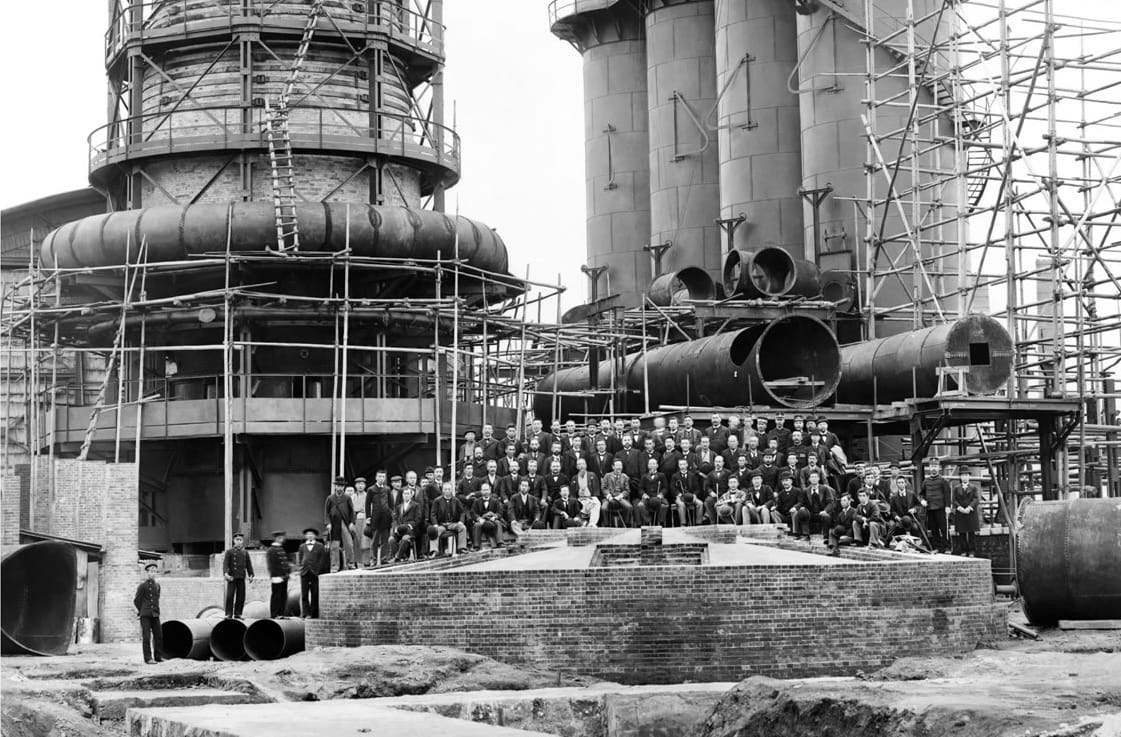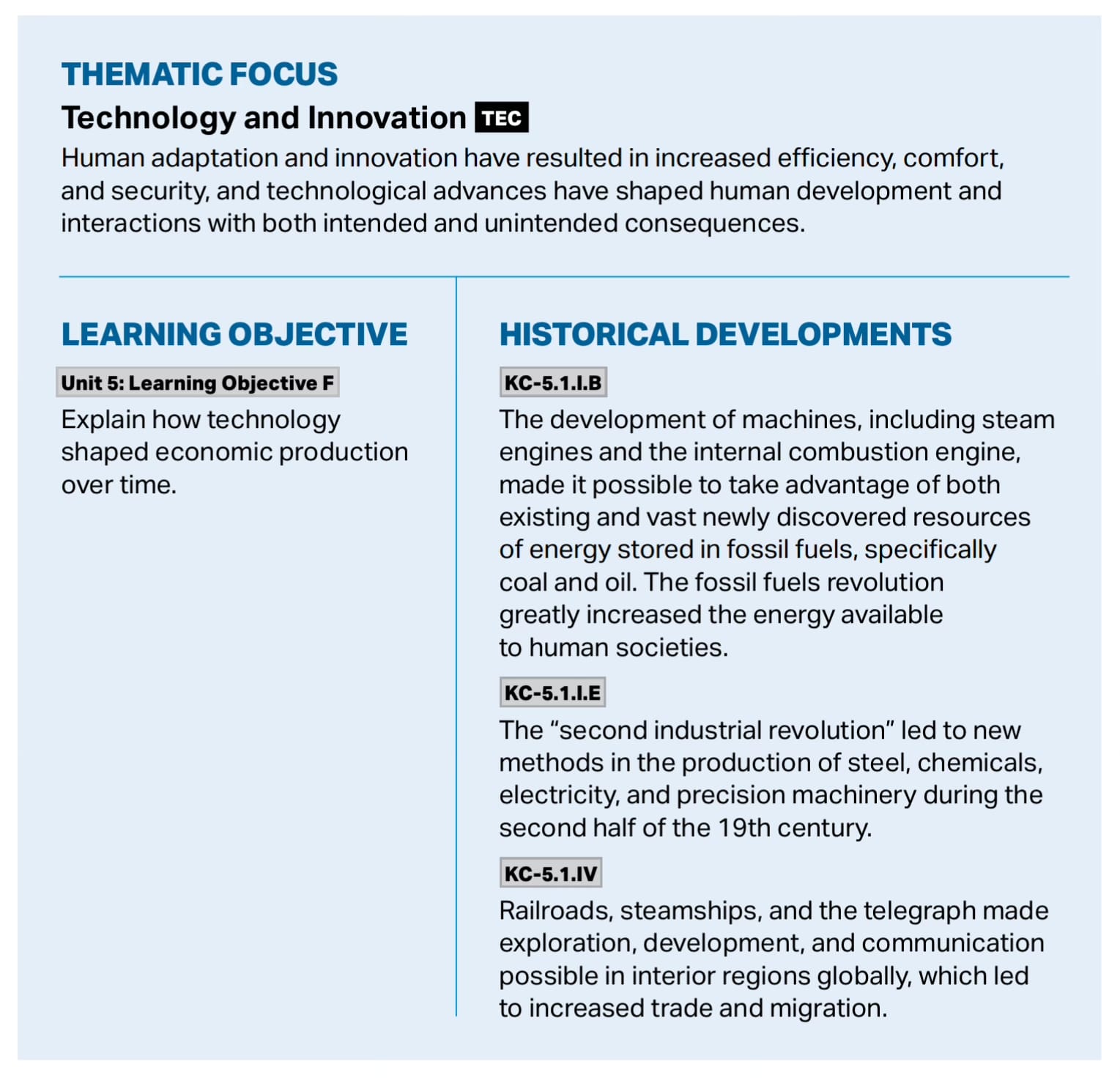“Steel is the Mother of Industry”: Teaching the Second Industrial Revolution in Japan
Discussion of the Second Industrial Revolution in Japan


In many world history textbooks, the authors focus on the second industrial revolution, or what some historians refer to as the technological revolution. This second era of industrialization lasted from c.1870 to the outbreak of the First World War. The focus is on the rapid advances in steel manufacturing, chemical industries, and electricity. Joel Mokyr has a helpful essay on the Second Industrial Revolution. Most authors focus on these developments in Europe and the United States, but we can also look at an Asian example.
The Source
This Content is for Subscribers on the Buy Me Lunch and Buy Me Dinner tiers
SubscribeAlready have an account? Log in



